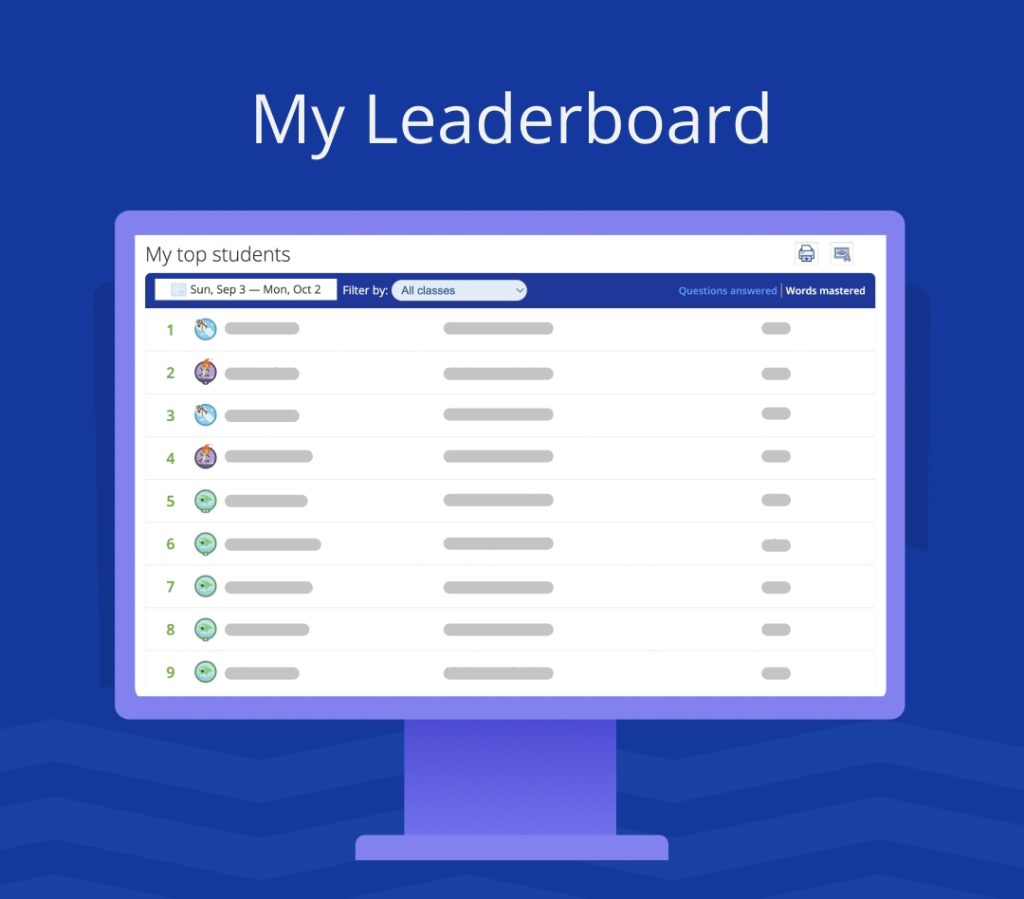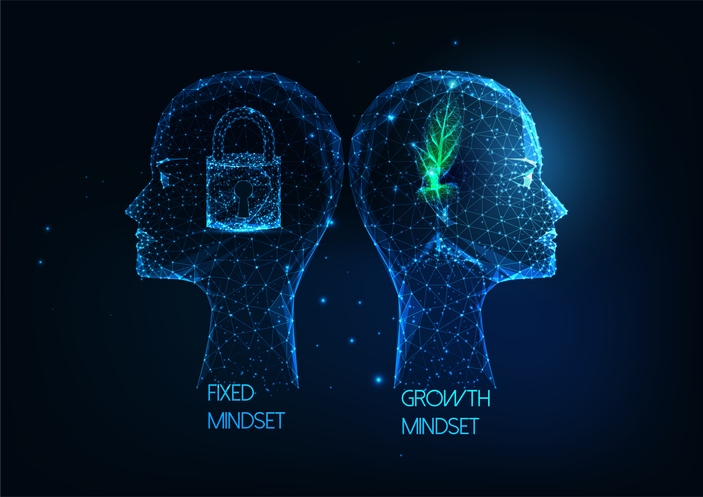Introduction
With the heavy competition over education, motivation has now emerged as a pertinent factor that determines student success in today’s scenario. Among all the practices of motivating the students, recognition is one such very strong determinant. Leaderboards, particularly, have become very popular lately as an excellent tool for boosting engagement and academic performance as well as boosting a sense of achievement. The psychological power of recognition lies in a better understanding of how leaderboards motivate students and the best practices for incorporating them into educational settings that foster a positive and productive learning atmosphere.
1. What Are Leaderboards?
A leaderboard is a form of visual presentation that demonstrates participants ranked according to their performance in accomplishing a certain task, whether one is performing a quiz, an assignment, or the overall progress. In the educational setup, a leaderboard is usually located in gamified environments, wherein a student earns points or even rewards for tasks done, learning milestones, or even skills demonstrated.

Image by Vocabulary.com
2. The Role of Leaderboards in Student Motivation
Fundamentally, people are social animals. Recognition gives both validation and feedback. Therefore, when students achieve something, this affirms their effort and strengthens that behavior to do more of it. Follow ScienceDirect.com to learn about Leaderboards in an EFL course.

Image by DoTEFL
3. Gamification: Turning Learning into a Game through Leaderboards
One reason leaderboards are so successful at motivating students is because they fall under a greater fad known as gamification. Essentially, gamification is the use of game-like elements that include points, badges, and challenges in educational settings. In the gamified classroom, leaderboards drive motivation by making learning feel like a game rather than just academic work.
4. Why Leaderboards Matters: The Psychological Impact
4.1. Positive Reinforcement:
Behavioral psychology states that positive reinforcement encourages the repetition of a behavior. When teachers appreciate students for their efforts in school, students are motivated to maintain or increase their efforts to perform well.
4.2. Sense of Achievement:
Recognition fosters a sense of achievement, making students realize that their efforts truly count. As a result, it boosts their self-esteem and, consequently, motivates them to keep moving forward.
4.3. Social Comparison:
People naturally compare themselves with others, and leaderboards take advantage of this inbuilt social comparison tendency. By seeing their comparative position, students can assess their strengths and weaknesses and feel motivated to improve.

Image by Adobe Stock
4.4. Peer Influence Motivation:
The entry of a high performer on the leaderboard would tempt more students to come up and push their boundaries. Friends can be so influential because they motivate as it goes for all students to have fun seeing their friends enjoy.

Image by News-Medical
5. How Leaderboards Foster a Health Competition
Competition is often associated with negative baggage. However, when used correctly, competition can act as a powerful change agent. A well-designed leaderboard creates a competitive yet supportive environment, motivating students to give their best effort without feeling overwhelmed or discouraged. For the abroad study, you can follow our page HelpStudyAbroad.com.
5.1. Motivation through leading to excellence:
Students will react differently when their peers reach higher ranks on the leaderboard. Some may feel challenged to work harder and outdo or catch up with their peers, which could help them learn better as they push beyond expectations and expand their intellectual limits.
5.2. Encouraging a Growth Mindset:
Developing a Growth Mindset Leaderboards help with a ‘growth mindset’. Psychologist Carol Dweck coined the term, suggesting that people should approach challenges as opportunities for growth rather than barriers to overcome. With every rank on the leaderboard, the students will take it as feedback and encouraged to work much harder to improve theirbe skills.

Image by Education Week
5.3. Balanced Competition:
Leaderboards should be built to find a continuum of success rather than looking at just winners and losers. For example, rather than having such focus solely on pure performance, a leaderboard can highlight improvement, effort, and consistency. It brings out a balance of unwanted feelings of hopelessness where students are not on top but on a scale of improvement.
6. Types of Leaderboards in Education
Countless types of leaderboards exist, depending on the context in which educators deploy them. Among the most common forms used in educational environments, the following are the most cited:
6.1. Peer Collaborative Leaderboards:
Other educational systems use group or team-based leaderboards. In these systems, students work on projects or assignments in groups and receive rankings based on how effectively they collaborate, communicate, and contribute to the group’s success. This structure not only allows students to feel a sense of community but also enables them to gain recognition within a competitive context. As a result, students are motivated to contribute their best efforts while fostering teamwork and cooperation.
6.2. Extracurricular Leaderboards:
These track the success of their pupils outside class, perhaps through sports, arts, or volunteer work. When success is known to the students in the extracurricular activity, they gain more confidence and altogether develop skills.
6.3. Academic Performance Leaderboards:
Such leaderboards are typically based on grades and results. They frequently appear in competitive settings, such as preparatory schools, coaching institutes, or exams like NEET or JEE. In these environments, the names of the top position holders on a leaderboard serve as a powerful motivator, encouraging students to aim for a high ranking and strive for success. Consequently, students are driven to perform at their best, as they seek to secure a prominent spot on the leaderboard.
6.4. Effort and improvement-based leaderboards:
Students are ranked not only for scoring high grades but also for the effort and improvement they show over time. For example, a student who consistently improves their grades in every subject or develops strong learning habits is also recognized. It is this kind of leaderboard, which calls for consistency and persistence on the part of the students since it will reduce the pressure placed on the failing students but putting in serious effort.
7. Addressing Potential Downsides
While leaderboards are super motivational, it is worthwhile noting that not every student will respond to a leaderboard. Some students sit at the very end of the leaderboard throughout the year and perhaps that just builds frustration and stress or lowers self-esteem. This holds especially true for students who are poor performers academically; low rankings might just reinforce the notion of low capabilities.
Leaders should craft an inclusionary design to share with students. For instance, if teachers rank students based on test scores only, they can highlight progress, improvement, and effort on the leaderboards. Teachers can also give small milestone rewards in an individualized way, helping students feel recognized for their efforts, regardless of where they stand.

Image by JHU Hub
Conclusion
Leaderboards are excellent motivators in the classroom, for as much as tapping into psychology with competition, recognition, and accountability to propel learners to their best. Leaderboards can tend to create a growth-positive environment if thoughtfully and inclusively utilized, where students can challenge themselves and realize maximum potential. Balance is the key to maximizing the effects of leaderboards. The key to maximizing the impact of leaderboards lies in balance.
For more techniques on how to prepare for competitive exams, check the frequently updated posts on HelpStudyAbroad.com. Ask our team any questions about admission into any courses.



